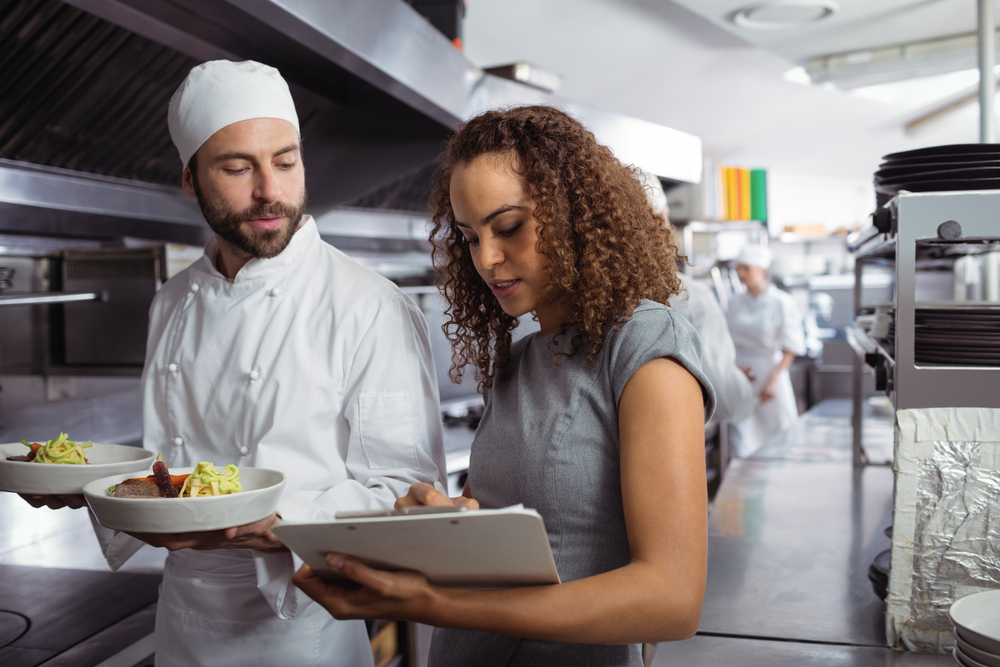Most businesses are rapidly merging with information technology. As an industry, the food service business has been one of the most reluctant to follow the rising trend of digitization. That’s why food service industry digitization is more important than ever before.
As you know, the last two years have forced restaurateurs to take the need for modernization more seriously. Indeed, much of the technology which restaurants that survived the pandemic are now rapidly adopting is novel only in shape and in use, but not in its essential engineering. Much of the tech that food service businesses are now clamoring to onboard has been available for years.
Food Service Industry Digitization
As early as 2015, all of the following were available to restaurants and to the hospitality industry as a whole;
- NFC food payments
- Payment sharing
- Special dietary menu apps
- Reservation apps
- Flying service systems (tray drones)
- Automated dining
- Video-integrated dining
- Analytical retail beacons
- Digital menu boards
- and much more
Admittedly, many of these were treated as novelties, and in fact, were simply used to add flair. They were not developed to the point that they became viable, reproducible systems of value enhancement. But the pandemic changed all that. The restaurant industry had something of a “Bionic Man moment.” That is to say, we had the technology to make it better, stronger, and faster.
Lockdowns showed proprietors that tech is not just a novelty. Rather that it is a necessary lifeboat that can keep their businesses alive should regulations make normal operation impossible overnight. Today, these tools are considered tools of the trade.
Accelerating Digitization in the Food Service Industry
Far from the glowing tables, toy-like drones, and “experience enhancers” of 2015, today’s IT food service tools are stable assets. They enhance communication, speed delivery, and improve customer satisfaction. Here are a few tested and proven examples.
The Menu Tablet
This simple, and now inexpensive, tool lets diners order from image-rich menus directly. No longer do they need to wait for a server to approach them and there is little opportunity for the message to be mistranslated.
Virtual Sommelier
Ordering wine that suits the diner’s budget has long been a challenge. Prices have long been missing from high-end menus for the sake of discretion. But the virtual sommelier is changing that. Customers can enter the upper limit of what they are willing to pay and be presented with options that don’t exceed their budgets.
The Smart Table
Like a tablet that is integrated with the table, the smart table is a more robust form of the menu tablet. Customers can order through it, and when that’s done, they can use it to locate tourist attractions in the area or to just keep the kids entertained. Still a novelty, it has real utility.
Real-Time Delivery Tracking
If we’ve learned one thing from the rise of Amazon, it’s that customers want to track their orders as closely as possible. Hungry people ordering from home have even more reason to track the location of their orders. This gives the customer a feeling of having their order before they have it.
These down-to-earth examples of new tech in the restaurant business may lack a sense of novelty. They do not feel like something out of a science fiction novel. Rather, they take solid technology, proven by use and by market demand, and made the food service industry more accessible, robust, and profitable.

